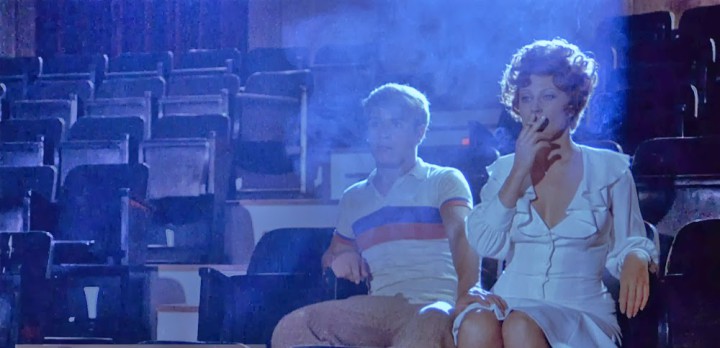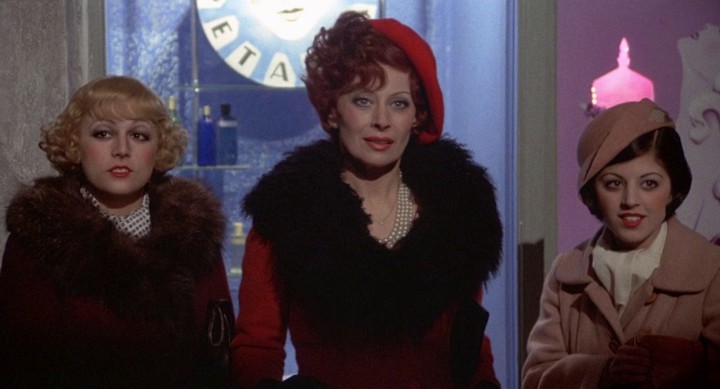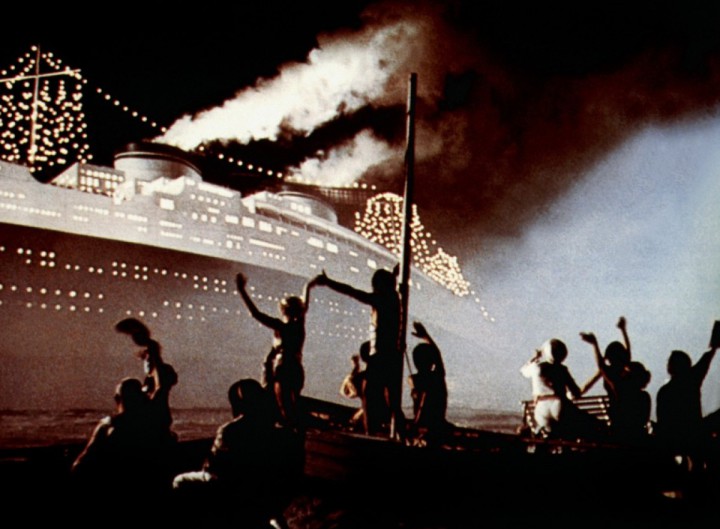Like the wondrous peacock that arrives late in the film in an unexpected manner, Fellini’s Amarcord is a thing of breathtaking beauty — and, along with 8 1/2, represents the filmmaker at his very best. For all his genius, Fellini was an artist who often seemed not to know when he’d gotten the good out of an idea. This often resulted in scenes that went on long past their value, but nothing like that happens in this deceptively meandering work.
The 1973 film — its title means, “I remember” — is a reminiscence on Fellini’s childhood in the town of Rimini. The narrative covers a year of life there in an often quirky manner (as befits a quirky town) but in an always affectionate one. Whether dealing with the discoveries of adolescence, the simple delights of an earlier era, local myths, the rise of Mussolini and fascism, the impact of the priest, a family outing, an early sexual encounter, assorted eccentric characters, the wonders of a sudden snowfall — what have you — Fellini’s touch is assured and loving. Characters are seen as peculiar, foolish, even ricidulous, but no one — save a fantasy image of Il Duce and the fascists — is observed cruelly. And even Il Duce is presented more as an outrageous absurdity than anything else.
There’s not a false note in the proceedings, which ring true even at their most stylized. There are, however, images of such stunning beauty that you feel you’re actually there — not in Rimini, but inside Fellini’s mind, seeing the things he remembers — in a highly colored fashion — from childhood. It’s one of the most genuinely gorgeous movies ever made — and one of the best. A true masterpiece.
Classic World Cinema by Courtyard Gallery will present Amarcord Friday, May 29, at 8 p.m. at Phil Mechanic Studios, 109 Roberts St., River Arts District (upstairs in the Railroad Library). Info: 273-3332, www.ashevillecourtyard.com







Mr. Hanke,
You are one of the most intelligent and informative film critics writing today.
Why, thank you very much.